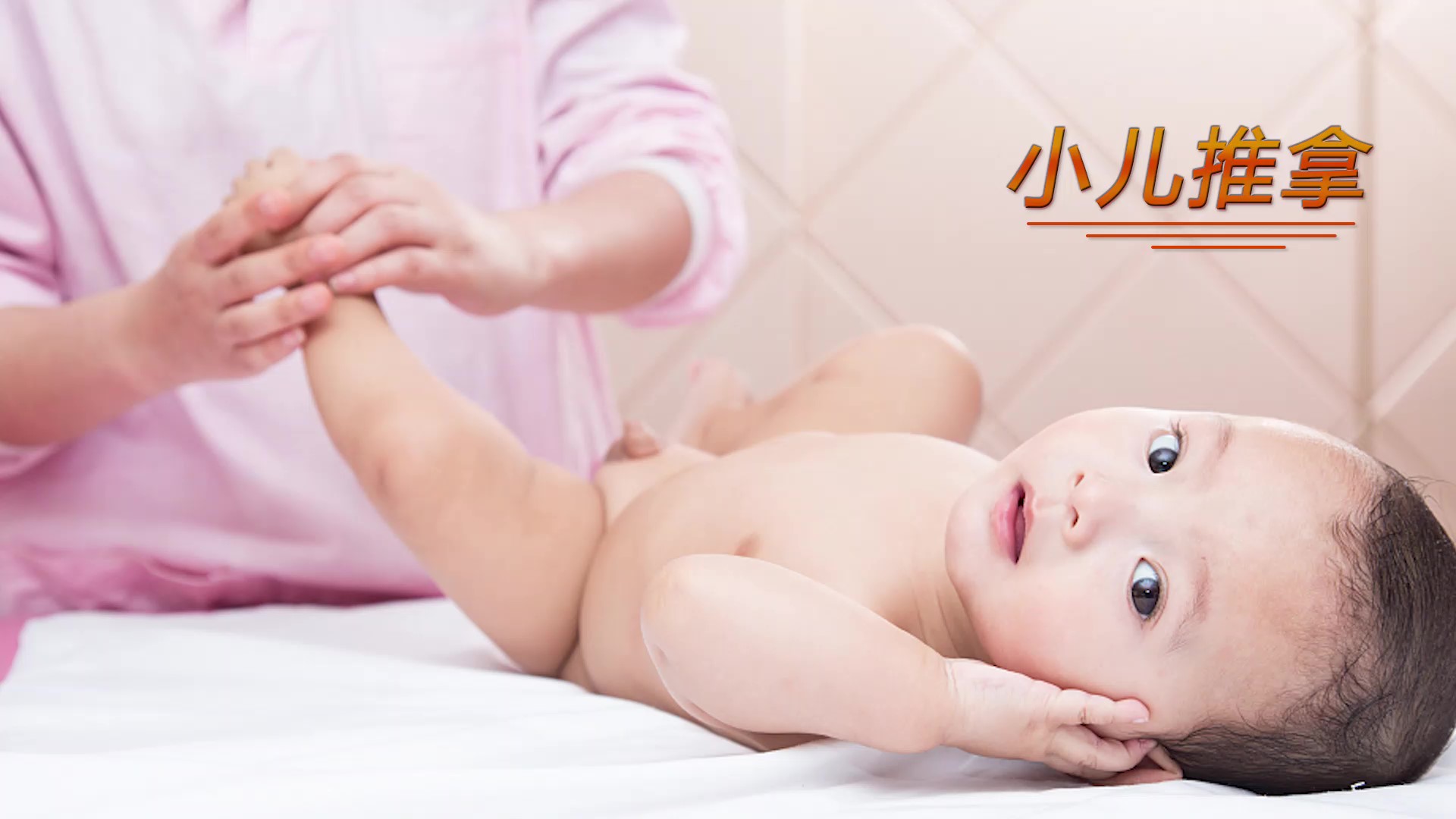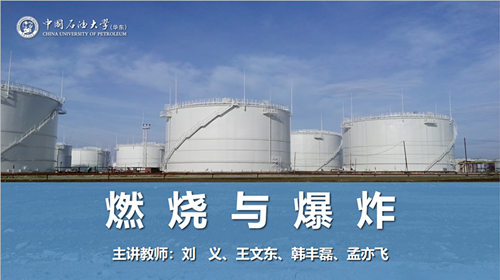
当前课程知识点:Chinese Ceramics > Unit 8 The Age of Porcelain and Five Great Kilns > 8.5 Guan Wares > 8.5 Guan Wares
返回《Chinese Ceramics》慕课在线视频课程列表
大家好 欢迎来到课堂
今天我们来讲官窑
宋官窑分为北宋官窑和南宋官窑两处
北宋官窑设在汴京
遗址在当今的开封市
南宋官窑则是
宋室南迁后设在杭州
北宋官窑烧制的青瓷
与南宋有什么区别
北宋官窑烧的是青瓷
但却呈色不同
釉色有粉青
月白 油灰 青黄等
虽然颜色各有不同
但都还统一在青色的调子中
这种青色并非一览无余的青,是通过胎质的变化使釉色丰富多彩
这些胎色有黑灰 深灰 浅灰 土黄等
不同的胎色会使瓷器呈现出不同的青色
由于胎色一般较深
所以有一种深不可测的感觉
这恐怕也正是当时文人们所追求的美感
官窑烧制的瓷器有什么特点
官窑多用
含铁量较高 呈色较深的胎质
出现了一种 紫口铁足 现象
器口部的釉薄
隐约露出黑紫色胎骨颜色
足部无釉处呈黑色
这是由于胎体含铁量较高
在烧制过程中较强还原焰使胎色变黑所至
官窑瓷器还吸收了
汝窑利用开片装饰瓷器的传统
既避免了釉色的单调
又增加了古朴稳重的情趣
这些通过釉的流成
和工艺的改变所自然呈现的美
符合宋代理学思想关于万物的自然性与本然性相符的原则
有关南宋官窑的窑址
按文献介绍 官窑在凤凰山下
但一直未真正发现其遗址的具体位置
1996年9月,有人偶然发现了
风凰山南米皇城遗址
附近的老虎洞窑址
其所在地恰好是南宋修内司营所处的位置
在大量瓷片中
人们发现了
釉瓷片底部有釉下褐彩
修内司 和 官窑 字样
随后杭州市文物考古所进行了
考古调查和发掘
出土了大量官窑瓷片及窑具
南宋还修建了第二座官窑
名叫郊坛窑
窑址在今天杭州市南郊乌龟山一带
南宋官窑烧制的青瓷
有什么特点
南宋官窑青瓷主要以釉色
碎裂纹及造型取胜
器物造型古朴端庄
釉色滋润似玉
因而装饰题材并不丰富,
除常见的植物纹和动物纹之外
还有各种弦纹 八卦纹
云雷纹 回纹 重环纹 乳钉等
装饰上运用了什么手法
装饰上常采用的手法有刻划 模印
堆贴 捏雕 镂空 透雕等
刻划技术多用于碗
盘等日用器皿上
模印技法使用较普遍
堆雕技法多用于
瓶 壶 炉 觚等仿古器型上
雕镂技法多用于器盖 器座等部位
装饰技法的丰富多彩
瓷器装烧技术的改进
装烧窑具的多种形式等
都反映出南宋官窑瓷器在生产技术上受到重视
这也是瓷器质量
优越的原因
今天的课就到这里
谢谢大家 下节课再见
-1.1 Introduction
-1.2 Ceramics in Neolithic, East Han and Wei-Jin Dynasties
--Ceramics in Neolithic, East Han and Wei-Jin Dynasties
-1.3 Sui and Tang dynasties and Song Dynasty ceramics
--Sui and Tang dynasties and Song Dynasty ceramics
-1.4 Ming and Qing Dynasties
-Unit 1 test
--Unit 1 test
-Discussion questions
-2.1 The Unique Chinese Ceramic Culture
--The Unique Chinese Ceramic Culture
-2.2 The Historical Development of Chinese Ceramic Making
--The Historical Development of Chinese Ceramic Making
-2.3 Chinese Ceramic Shape Art
-2.4 Chinese Ceramic Painting Art
--Chinese Ceramic Painting Art
-2.5 Chinese Ceramic Folk Stories
--Chinese Ceramic Folk Stories
-Unit 2 test
--Unit 2 test
-Discussion questions
-3.1 CeramicCulture and the Zodiac
--CeramicCulture and the Zodiac
-3.2 The heritage of traditional ceramic culture
--The heritage of traditional ceramic culture
-3.3 The development and innovation of ceramic art
--The development and innovation of ceramic art
-Unit 3 test
--Unit 3 test
-Discussion questions
-4.1 Gorgeous Colored Pottery
-4.2 The Method of Making Colored Pottery
--The Method of Making Colored Pottery
-4.3 Primitive Colored Pottery Ⅰ
-4.3 Primitive Colored Pottery Ⅱ
-4.3 Primitive Colored Pottery Ⅲ
-4.4 Black Earthenware
-4.5 White Pottery and Primitive Porcelain
--White Pottery and Primitive Porcelain
-Unit 4 test
--Unit 4 test
-Discussion questions
-5.1 Terracotta Warriors in Qin Dynasty
--Terracotta Warriors in Qin Dynasty
-5.2 Potteries in Han Dynasty
-Unit 5 test
--Unit 5 test
-Discussion questions
-6.1 Dragon kiln and Celadon
-6.2 Yue Kiln and Wuzhou kiln
-6.3 Deqing Kiln and Ou kiln
-6.4 Longquan Wares
-6.5 Yaozhou Wares
-Unit 6 test
--Unit 6 test
-Discussion questions
-7.1 Tang Tri-Colored Pottery
--7.1 Tang Tri-Colored Pottery
--7.1 Tang Tri-Colored Pottery
-7.1Tang Tri-Colored Pottery
--7.1 Tang Tri-Colored Pottery
--7.1 Tang Tri-Colored Pottery
-Discussion questions
-Unit 7 test
--Unit 7 test
-8.1 The flourishing age of the Song Dynasty
--8.1 The flourishing age of the Song Dynasty
-8.2 The flourishing age of the Song Dynasty
--8.2 The flourishing age of the Song Dynasty
-8.3 Ding Wares
-8.4 Ru Wares
-8.5 Guan Wares
-8.6 Ge Wares
-8.7 Jun Wares
-Discussion questions
-Unit 8 test
--Unit 8 test
-9.1 Reasons for the maturity of Qinghua porcelain in Yuan Dynasty
--9.1 Reasons for the maturity of Qinghua porcelain in Yuan Dynasty
-9.2 The Invention of Blue-and-white Porcelain in the Tang Dynasty
--9.2 The Invention of Blue-and-white Porcelain in the Tang Dynasty
-9.3 Fine China Ware became the Symbol of ChinaⅠ
--9.3 Fine China Ware became the Symbol of ChinaⅠ
-9.3 Fine China Ware became the Symbol of ChinaⅡ
--9.3 Fine China Ware became the Symbol of ChinaⅡ
-9.3 Fine China Ware became the Symbol of ChinaⅢ
--9.3 Fine China Ware became the Symbol of ChinaⅢ
-9.4 The charm of QinghuaⅠ
-9.4 The charm of QinghuaⅡ
-9.4 The charm of QinghuaⅢ
-Discussion questions
-10.1 Da Ming Wucai
-10.2 Wooden engravings influence on Wucai porcelain
--10.2 Wooden engravings influence on Wucai porcelain
-10.3 Kangxi Wucai
-10.4 Liling Under-glaze multicolored porcelainⅠ
--10.4 Liling Under-glaze multicolored porcelainⅠ
-10.4 Liling Under-glaze multicolored porcelainⅡ
--10.4 Liling Under-glaze multicolored porcelainⅡ
-Discussion questions
-11.1 The advent of Fencai
-11.2 Fencai Porcelain in the Yong zheng period
--Fencai Porcelain in the Yong zheng period
-11.3 Fencai Porcelain in the Qianlong Period
--Fencai Porcelain in the Qianlong Period
-Discussion questions
-13.1 Zisha-pottery
-13.2 The Zisha Teapot
-13.3 The Zisha tea set in the Ming Dynasty
-Discussion questions
-14.1 Development of Contemporary Chinese ceramic art
--14.1 Development of Contemporary Chinese ceramic art
-14.2 The internationalization trend of Chinese modern ceramics
--14.2 The internationalization trend of Chinese modern ceramics
-14.3 A new style of contemporary ceramic art Ⅰ
--14.3 A new style of contemporary ceramic artⅠ
-14.3 A new style of contemporary ceramic art Ⅱ
--14.3 A new style of contemporary ceramic art Ⅱ
-14.4 The Trade of the Artisans Ⅰ
--14.4 The Trade of the Artisans Ⅰ
-14.4 The Trade of the Artisans Ⅱ
--14.4 The Trade of the ArtisansⅡ
-Discussion questions
-15.1 Unique Cloisonné technique
--15.1 Unique Cloisonné technique
-15.2 The Craftsmanship and Development of Cloisonné
--15.2 The Craftsmanship and Development of Cloisonné
-15.3 The Problems Facing the Inheritance of Cloisonné
--15.3 The Problems Facing the Inheritance of Cloisonné
-15.4 The inheritance and development of Cloisonné
--15.4 The inheritance and development of Cloisonné
-Unit 15 Test
--Unit 15 Test
-Discussion questions
-16.1 Appreciation of Chinese ceramics
--16.1 Appreciation of Chinese ceramics
-16.2 Explore the origins of ancient ceramics Ⅰ
--16.2 Explore the origins of ancient ceramics Ⅰ
-16.2 Explore the origins of ancient ceramics Ⅱ
--16.2 Explore the origins of ancient ceramics Ⅱ
-Unit 16 Test
--Unit 16 Test
-17.1 Traditional Chinese Decorative Patterns
--17.1 Traditional Chinese Decorative Patterns
-17.2 Application of Traditional Chinese decorative patterns in ceramics
--17.2 Application of Traditional Chinese decorative patterns in ceramics
-Unit 17 Test
--Unit 17 Test
-Discussion questions

